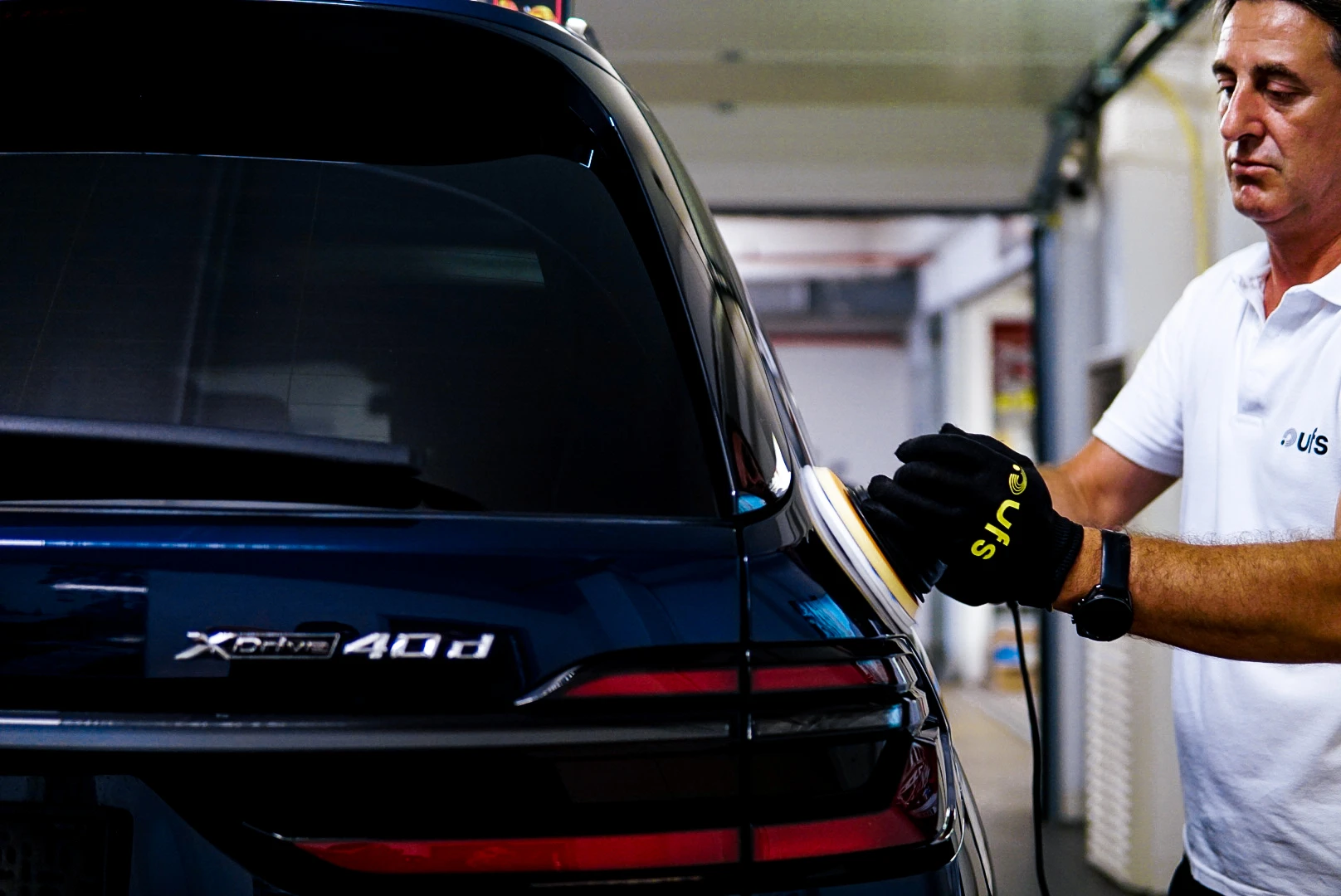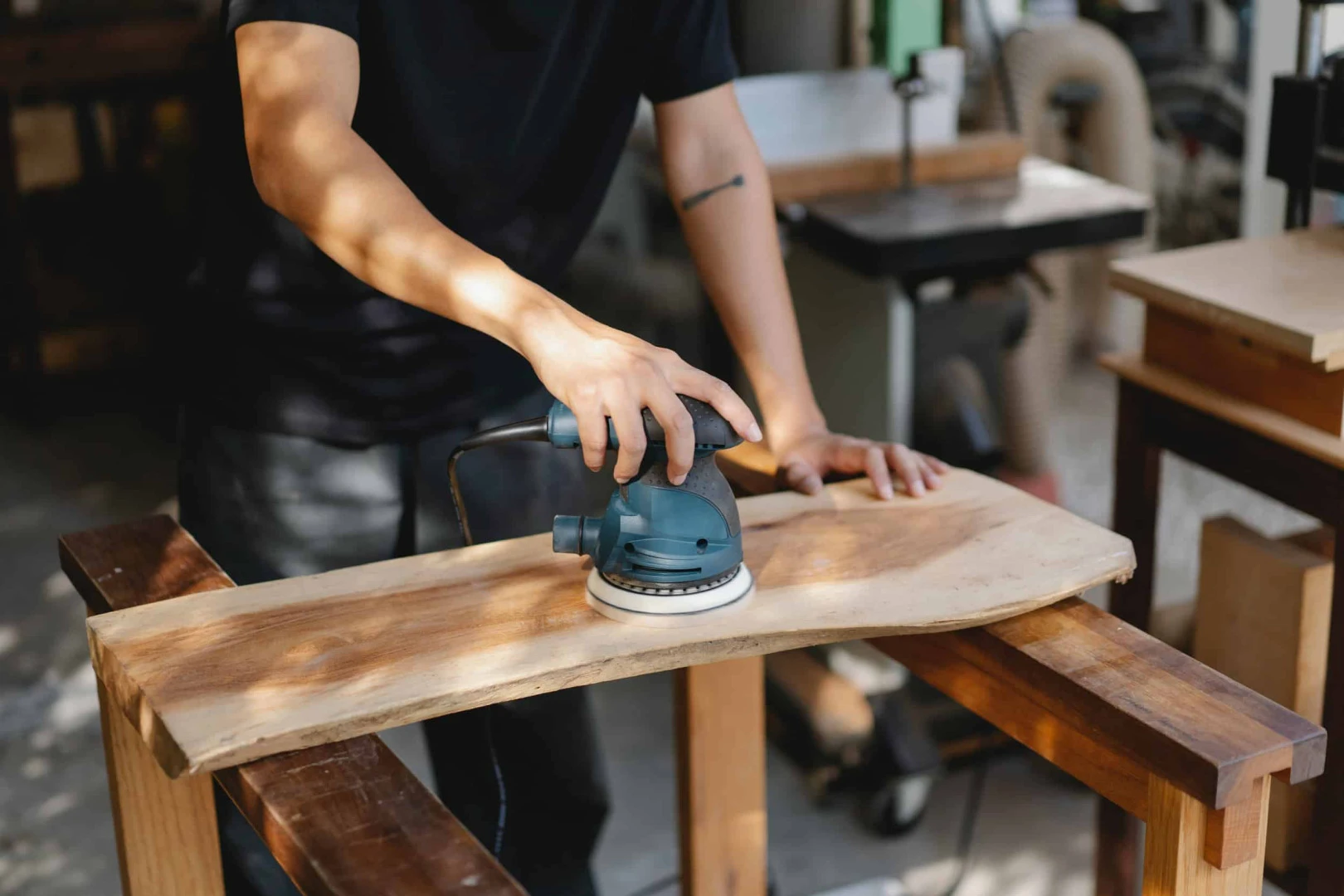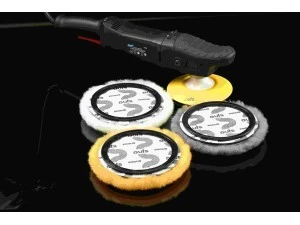The UFS Hybrid Series is an innovative product line designed to achieve effective results across a variety of surface types. This series is favored by both professional and individual users, offering high performance and user-friendly features. UFS Hybrid products adapt to the unique characteristics of different surfaces to deliver optimal results. Thanks to hybrid technology, they provide greater durability, flexibility, and aesthetic appeal compared to traditional coating products. Users can expect excellent outcomes in their projects by leveraging the advantages offered by the UFS Hybrid Series. To understand its effectiveness and which surface types yield the best results, it is essential to examine the product features and applicable areas. This blog post will help you discover on which surfaces the UFS Hybrid Series delivers the most effective results.
What is the UFS Hybrid Series?
The UFS Hybrid Series is a collection of innovative surface coating solutions. Created using hybrid technology, this series combines traditional and modern coating methods to achieve high-quality results. UFS Hybrid products are formulated with carefully balanced components to ensure compatibility and performance. Durability, flexibility, and long-lasting use are among the most notable advantages of this series. These products can be applied to a variety of surfaces, including wood, metal, and concrete, providing effective results. The goal of the UFS Hybrid Series is to help users achieve excellent surface coatings and an aesthetically pleasing finish. For more details about the series, its advantages, and applications, product datasheets and technical documentation can be consulted.
Most Effective Surfaces for the UFS Hybrid Series
The UFS Hybrid Series is ideal for achieving optimal results on a variety of surfaces. The surfaces where this product line performs most effectively include:
Wood Surfaces: Excellent adhesion and coating performance on wooden surfaces.
Metal Surfaces: Notable for corrosion-resistant properties, providing a durable finish.
Concrete Surfaces: High impact and long-lasting performance, particularly suitable for outdoor use.
Plastic Surfaces: Flexible application with resistance to deformation.
Ceramic and Glass: Delivers aesthetically pleasing results on low-porosity surfaces.
Different UFS Hybrid products are specifically formulated to deliver peak performance on these surface types. Users can select the product appropriate for the surface to achieve the best results.
Performance Assessment by Surface Type
The performance of the UFS Hybrid Series varies depending on the surface type. Each surface has unique characteristics and coating requirements, which the product is designed to accommodate. On wood, the product interacts with natural fibers to ensure deep adhesion, offering high resistance to wear and impact. On metal, hybrid technology enhances coating quality and long-term protection. For concrete applications, it improves mechanical durability, while on plastic surfaces, its flexibility ensures excellent results post-application. On low-porosity surfaces like ceramic and glass, the UFS Hybrid Series delivers high aesthetic appeal and ensures a correct and quality coating. These evaluations help users set realistic expectations based on the surfaces they intend to coat.
Surface Preparation Before and After Application
Successful coating with the UFS Hybrid Series requires proper surface preparation. Pre-application preparation enhances coating performance and ensures long-lasting results. The first step is thorough cleaning to remove dust, dirt, and grease. Following cleaning, sanding the surface helps achieve a smooth texture and improves adhesion. Post-application, attention should be paid to the curing and hardening process. Maintaining cleanliness and care after coating is also crucial. These preparation and maintenance steps enhance the quality of the UFS Hybrid Series coating. Detailed surface preparation instructions are provided in the product manuals.
Surface Cleaning and Sanding
Surface cleaning and sanding are critical for successful coating application. Before applying the UFS Hybrid Series, the surface must be meticulously cleaned to remove dust, dirt, oils, and any previous coating residues, enhancing adhesion. Suitable cleaning products and tools should be used. After cleaning, sanding is performed to increase surface smoothness and ensure better coating adherence. Post-sanding, the surface should be cleaned again to remove sanding dust. Sandpaper grit should be selected according to the surface type and coating material. These steps improve both the quality and durability of the UFS Hybrid coating.
Primer Application Necessity
Primer application is often overlooked but is crucial in surface coating. Using a primer with the UFS Hybrid Series enhances coating durability and performance. It ensures better interaction between the coating material and the surface, increasing adhesion. Primer use is particularly important on porous or previously coated surfaces. Proper application results in a smoother, more uniform coating finish. Primer products compatible with the UFS Hybrid Series should be selected based on the surface type, and application techniques and duration may vary depending on the coating material. Correct primer use significantly enhances final results.
Application Temperature and Environmental Conditions
Application temperature and environmental conditions directly affect coating performance. UFS Hybrid Series products perform best within specific temperature ranges, generally between 15–25°C (59–77°F). Temperatures outside this range can negatively affect drying and chemical reaction processes. Humidity is also important; low humidity improves coating efficiency, while high humidity may reduce coating quality. Therefore, careful consideration of environmental conditions is essential. Users should refer to the technical datasheet for precise information. Maintaining proper application conditions ensures a successful and high-quality coating process.
Tips for Achieving Optimal Results with the UFS Hybrid Series
To achieve the best results with the UFS Hybrid Series, follow these tips:
Never neglect surface preparation; a clean and smooth surface improves coating quality.
Prepare all necessary materials and carefully follow instructions before starting.
Choose the correct primer and coating materials for the surface type.
Monitor application temperature and humidity; applying under ideal conditions enhances results.
Apply coatings patiently and carefully; rushing can lead to mistakes.
Perform checks at each stage to ensure quality outcomes.
Following these tips will help you achieve high-quality, durable coatings using the UFS Hybrid Series.




